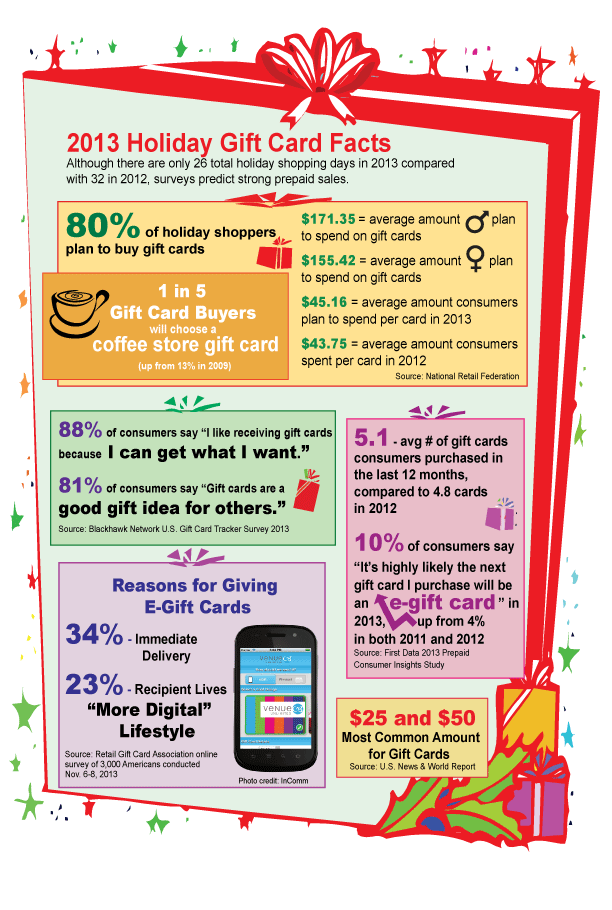Although they might appear comparable, etching and etching differ in their methods and outcomes. Understanding these procedures is necessary for any kind of business seeking to personalize glass products.
Laser engraving usages concentrated heat to melt the micro surface of your material, producing recessed markings that stand up to damages and can be reviewed under severe conditions. It's perfect for things that need to be traceable, like commercial components.
Appearances
Etching and inscribing both create durable, tactile designs that stand apart on the glass surface. They are optimal for tasks that call for an improved, classy look.
Laser etching can be made use of to inscribe glass, yet it requires a protective coating or shield to prevent heat damage to the glass. A specialized spray or covering is available for this purpose and can be applied to thin glass to decrease breaking or damage during the engraving process.
It's also feasible to engrave glass by hand making use of a rotary tool. This strategy is taxing and labor-intensive, yet it can generate top notch outcomes when done appropriately. Make sure to use security gear like goggles and a respirator mask to safeguard yourself from dust and particles. You can begin by attracting your style on the glass with a marker, then insert the rotary tool and slowly follow your layout to engrave it right into the glass. After the engraving is total, gently wash away any continuing to be dirt or deposit.
Adaptability
The etching process offers a wide variety of applications for glass products. It is very functional and can be made use of on various materials and thicknesses of glass. It is additionally really exact and creates comprehensive, high-contrast designs on the glass surface. It can be made use of on both level and rounded surfaces.
Glass engraving is a preferred option for glass products like wine bottles, building dividers, and medspa decoration. It creates a soft and subtle layout that is not as obvious as etching, making it an outstanding option for ambient aesthetics.
To lower warm tension on thin glass, use a safety material like covering up tape or a damp paper towel to the surface before laser inscription. This takes in wedding gift engraved glass and disperses laser power to minimize localized home heating and stop fracturing. Alternatively, finish the glass with a mild detergent or dishwashing soap can additionally be an effective pre-coating. Just bear in mind to cover only the laser-contacting face of the glass with these moisture-absorbing pre-treatments.
Sturdiness
Laser glass inscription creates deep, long-term markings that are durable and aesthetically striking. It's optimal for artistic or light business functions that require a sleek look. Inscription needs precise and regulated handling of the glass to avoid heat damages and breaking. Slim or fragile glass can be more at risk to the high-contrast impacts of laser inscription, making it crucial to keep track of the procedure carefully for indicators of getting too hot and cracking.
Engraving utilizes a diamond-tipped device to cut into the surface of the glass, developing a textured mark that's much less visually striking than laser etching. It's a common option for applications where a frosted impact is preferred, such as attractive glass windows and tailored gifts. Like laser inscription, etching is highly exact and perfect for logo designs and other thorough imagery. Evergreen Glass makes use of cutting edge laser tools calibrated for optimum performance to attain etching and etching with phenomenal precision. For included assurance, our equipments feature integrated safety attributes that ensure risk-free operation.
Expense
Glass etching entails using chemical remedies to produce a layout. While this technique is not as exact and efficient as laser etching, it is still an exceptional selection for artisanal glasswork, which can be a terrific means to elevate an unique occasion gift or celebratory piece.
For the best outcomes, it is essential to check a sample piece of glass prior to applying any type of etching lotions. Different kinds of glass might react in a different way to the chemicals. Some will certainly etch extremely promptly while others might take much longer. In many cases, a piece of glass may also fall short to etch in any way!
Laser engraving involves making use of a computer-guided system, commonly described as a CNC (Computer System Numerical Control) machine, to guide a concentrated laser light beam at the surface of the glass. This process calls for a high-level of technical skill and creative thinking. It is an effective way to etch detailed patterns on large-scale jobs with high degrees of accuracy.
